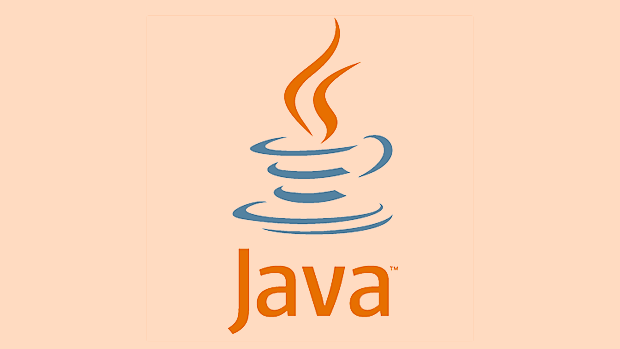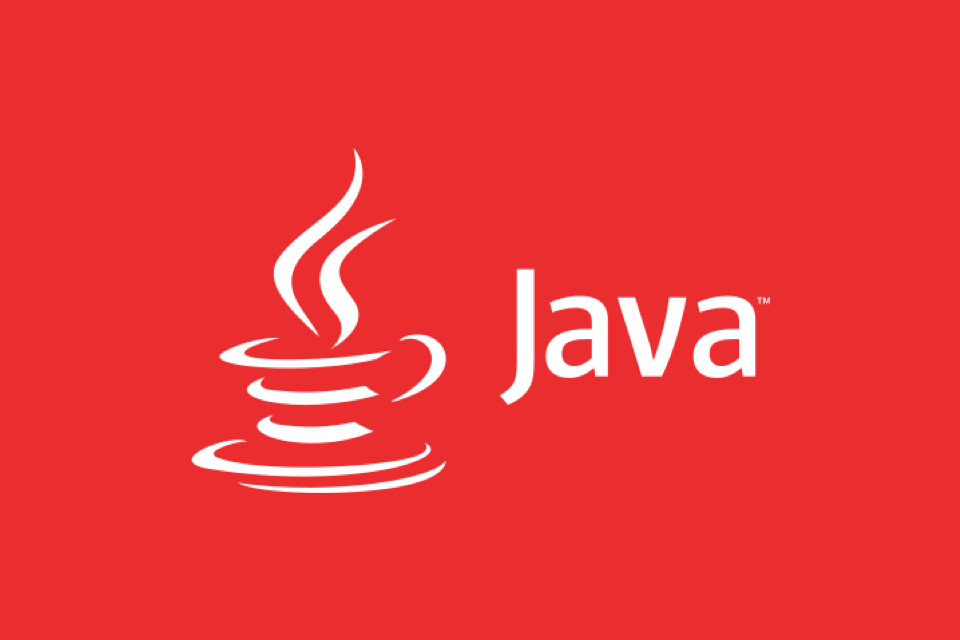Use classes in the java.time package to replace the old Date and Calendar classes; 2. Get the current date and time through LocalDate, LocalDateTime, and LocalTime; 3. Create a specific date and time using the of() method; 4. Use the plus/minus method to immutably increase and decrease the time; 5. Use ZonedDateTime and ZoneId to process the time zone; 6. Format and parse date strings through DateTimeFormatter; 7. Use Instant to be compatible with the old date types when necessary; date processing in modern Java should give priority to the use of the java.time API, which provides a clear, immutable and thread-safe interface, suitable for most practical scenarios, and can effectively avoid the defects of traditional date classes.

Working with calendars in Java can be confusing if you're using outdated methods, but modern Java (especially from Java 8 onward) provides a much cleaner and independent way to handle dates and times via the java.time package. Here's a practical guide on how to work with calendars effectively.

? Use java.time instead of Old Date/Calendar Classes
Avoid the old java.util.Date and java.util.Calendar classes — they're mutable, not thread-safe, and hard to work with. Instead, use the java.time API introduced in Java 8 .
Key classes:

-
LocalDateTime– Date and time without timezone -
ZonedDateTime– Date and time with timezone -
LocalDate– Just a date (eg, 2025-04-05) -
LocalTime– Just a time (eg, 14:30) -
YearMonth,MonthDay, etc. – Specialized date types
? 1. Get Current Date and Time
import java.time.LocalDateTime;
import java.time.LocalDate;
import java.time.LocalTime;
LocalDateTime now = LocalDateTime.now();
System.out.println("Now: " now);
LocalDate today = LocalDate.now();
System.out.println("Today: " today);
LocalTime time = LocalTime.now();
System.out.println("Current time: " time);This gives you clean, immutable objects representing the current moment.
?? 2. Create Specific Dates
You can create fixed dates easily:

LocalDate birthday = LocalDate.of(1990, 5, 15); // Year, Month, Day // Or use Month enum LocalDate xmas = LocalDate.of(2025, java.time.Month.DECEMBER, 25);
Similarly for time:
LocalTime meetingTime = LocalTime.of(14, 30); // 2:30 PM
Combine date and time:
LocalDateTime event = LocalDateTime.of(2025, 3, 20, 9, 0); // Mar 20, 9:00 AM
? 3. Add or Subtract Time (Immutably)
All java.time objects are immutable , so you get a new instance when modifying.
LocalDate today = LocalDate.now();
LocalDate nextWeek = today.plusWeeks(1);
LocalDate nextMonth = today.plusMonths(1);
LocalDate tenDaysAgo = today.minusDays(10);
System.out.println("Next week: " nextWeek); Works similarly for LocalDateTime , LocalTime , etc.
? 4. Work With Time Zones (ZonedDateTime)
If you need time zones (eg, scheduled across regions):
import java.time.ZoneId;
import java.time.ZonedDateTime;
ZoneId nyZone = ZoneId.of("America/New_York");
ZonedDateTime nyTime = ZonedDateTime.now(nyZone);
ZoneId londonZone = ZoneId.of("Europe/London");
ZonedDateTime londonTime = ZonedDateTime.now(londonZone);
System.out.println("NY: " nyTime);
System.out.println("London: " londonTime);You can also convert between zones:
ZonedDateTime nyInLondonTime = nyTime.withZoneSameInstant(londonZone);
? 5. Format and Parse Dates
Convert to/from strings using DateTimeFormatter .
import java.time.format.DateTimeFormatter;
LocalDate date = LocalDate.of(2025, 4, 5);
DateTimeFormatter formatter = DateTimeFormatter.ofPattern("dd-MM-yyyy");
String formatted = date.format(formatter); // "05-04-2025"
System.out.println(formatted);
// Parse string back to date
String input = "15-08-2023";
LocalDate parsed = LocalDate.parse(input, formatter);Common patterns:
-
"yyyy-MM-dd"→ 2025-04-05 -
"dd/MM/yyyy HH:mm"→ 05/04/2025 14:30 -
"MMM dd, yyyy"→ Apr 05, 2025
? 6. Legacy Compatibility (if needed)
If you must interact with old APIs that use java.util.Date :
import java.util.Date;
import java.time.Instant;
// Convert LocalDateTime to Date
LocalDateTime ldt = LocalDateTime.now();
Date oldDate = Date.from(ldt.atZone(ZoneId.systemDefault()).toInstant());
// Convert Date to LocalDateTime
Date legacyDate = new Date();
LocalDateTime ldt2 = legacyDate.toInstant()
.atZone(ZoneId.systemDefault())
.toLocalDateTime(); But try to stick with java.time throughout your app.
? Pro Tips
- Always specify time zones explicitly when dealing with real-world events.
- Use
Instantfor timestamps (eg, logging, database storage). - For recurring events or calendar logic (eg, "first Monday of the month"), consider libraries like ThreeTen-Extra or Joda-Time (though Joda is now in maintenance mode).
Basically, working with calendars in Java is clean and safe if you use java.time . Avoid the old Calendar class unless you're maintaining legacy code. Focus on LocalDate , LocalDateTime , ZonedDateTime , and formatting tools — they cover most real-world use cases.
The above is the detailed content of How to work with Calendar in Java?. For more information, please follow other related articles on the PHP Chinese website!

Hot AI Tools

Undress AI Tool
Undress images for free

Undresser.AI Undress
AI-powered app for creating realistic nude photos

AI Clothes Remover
Online AI tool for removing clothes from photos.

Clothoff.io
AI clothes remover

Video Face Swap
Swap faces in any video effortlessly with our completely free AI face swap tool!

Hot Article

Hot Tools

Notepad++7.3.1
Easy-to-use and free code editor

SublimeText3 Chinese version
Chinese version, very easy to use

Zend Studio 13.0.1
Powerful PHP integrated development environment

Dreamweaver CS6
Visual web development tools

SublimeText3 Mac version
God-level code editing software (SublimeText3)

Hot Topics
 css dark mode toggle example
Jul 30, 2025 am 05:28 AM
css dark mode toggle example
Jul 30, 2025 am 05:28 AM
First, use JavaScript to obtain the user system preferences and locally stored theme settings, and initialize the page theme; 1. The HTML structure contains a button to trigger topic switching; 2. CSS uses: root to define bright theme variables, .dark-mode class defines dark theme variables, and applies these variables through var(); 3. JavaScript detects prefers-color-scheme and reads localStorage to determine the initial theme; 4. Switch the dark-mode class on the html element when clicking the button, and saves the current state to localStorage; 5. All color changes are accompanied by 0.3 seconds transition animation to enhance the user
 python parse date string example
Jul 30, 2025 am 03:32 AM
python parse date string example
Jul 30, 2025 am 03:32 AM
Use datetime.strptime() to convert date strings into datetime object. 1. Basic usage: parse "2023-10-05" as datetime object through "%Y-%m-%d"; 2. Supports multiple formats such as "%m/%d/%Y" to parse American dates, "%d/%m/%Y" to parse British dates, "%b%d,%Y%I:%M%p" to parse time with AM/PM; 3. Use dateutil.parser.parse() to automatically infer unknown formats; 4. Use .d
 css dropdown menu example
Jul 30, 2025 am 05:36 AM
css dropdown menu example
Jul 30, 2025 am 05:36 AM
Yes, a common CSS drop-down menu can be implemented through pure HTML and CSS without JavaScript. 1. Use nested ul and li to build a menu structure; 2. Use the:hover pseudo-class to control the display and hiding of pull-down content; 3. Set position:relative for parent li, and the submenu is positioned using position:absolute; 4. The submenu defaults to display:none, which becomes display:block when hovered; 5. Multi-level pull-down can be achieved through nesting, combined with transition, and add fade-in animations, and adapted to mobile terminals with media queries. The entire solution is simple and does not require JavaScript support, which is suitable for large
 VSCode settings.json location
Aug 01, 2025 am 06:12 AM
VSCode settings.json location
Aug 01, 2025 am 06:12 AM
The settings.json file is located in the user-level or workspace-level path and is used to customize VSCode settings. 1. User-level path: Windows is C:\Users\\AppData\Roaming\Code\User\settings.json, macOS is /Users//Library/ApplicationSupport/Code/User/settings.json, Linux is /home//.config/Code/User/settings.json; 2. Workspace-level path: .vscode/settings in the project root directory
 css full page layout example
Jul 30, 2025 am 05:39 AM
css full page layout example
Jul 30, 2025 am 05:39 AM
Full screen layout can be achieved using Flexbox or Grid. The core is to make the minimum height of the page the viewport height (min-height:100vh); 2. Use flex:1 or grid-template-rows:auto1frauto to make the content area occupy the remaining space; 3. Set box-sizing:border-box to ensure that the margin does not exceed the container; 4. Optimize the mobile experience with responsive media query; this solution is compatible with good structure and is suitable for login pages, dashboards and other scenarios, and finally realizes a full screen page layout with vertical centering and full viewport.
 Full-Stack Web Development with Java, Spring Boot, and React
Jul 31, 2025 am 03:33 AM
Full-Stack Web Development with Java, Spring Boot, and React
Jul 31, 2025 am 03:33 AM
Selecting the Java SpringBoot React technology stack can build stable and efficient full-stack web applications, suitable for small and medium-sized to large enterprise-level systems. 2. The backend uses SpringBoot to quickly build RESTfulAPI. The core components include SpringWeb, SpringDataJPA, SpringSecurity, Lombok and Swagger. The front-end separation is achieved through @RestController returning JSON data. 3. The front-end uses React (in conjunction with Vite or CreateReactApp) to develop a responsive interface, uses Axios to call the back-end API, and ReactRouter
 How to handle transactions in Java with JDBC?
Aug 02, 2025 pm 12:29 PM
How to handle transactions in Java with JDBC?
Aug 02, 2025 pm 12:29 PM
To correctly handle JDBC transactions, you must first turn off the automatic commit mode, then perform multiple operations, and finally commit or rollback according to the results; 1. Call conn.setAutoCommit(false) to start the transaction; 2. Execute multiple SQL operations, such as INSERT and UPDATE; 3. Call conn.commit() if all operations are successful, and call conn.rollback() if an exception occurs to ensure data consistency; at the same time, try-with-resources should be used to manage resources, properly handle exceptions and close connections to avoid connection leakage; in addition, it is recommended to use connection pools and set save points to achieve partial rollback, and keep transactions as short as possible to improve performance.
 Java Performance Optimization and Profiling Techniques
Jul 31, 2025 am 03:58 AM
Java Performance Optimization and Profiling Techniques
Jul 31, 2025 am 03:58 AM
Use performance analysis tools to locate bottlenecks, use VisualVM or JProfiler in the development and testing stage, and give priority to Async-Profiler in the production environment; 2. Reduce object creation, reuse objects, use StringBuilder to replace string splicing, and select appropriate GC strategies; 3. Optimize collection usage, select and preset initial capacity according to the scene; 4. Optimize concurrency, use concurrent collections, reduce lock granularity, and set thread pool reasonably; 5. Tune JVM parameters, set reasonable heap size and low-latency garbage collector and enable GC logs; 6. Avoid reflection at the code level, replace wrapper classes with basic types, delay initialization, and use final and static; 7. Continuous performance testing and monitoring, combined with JMH






